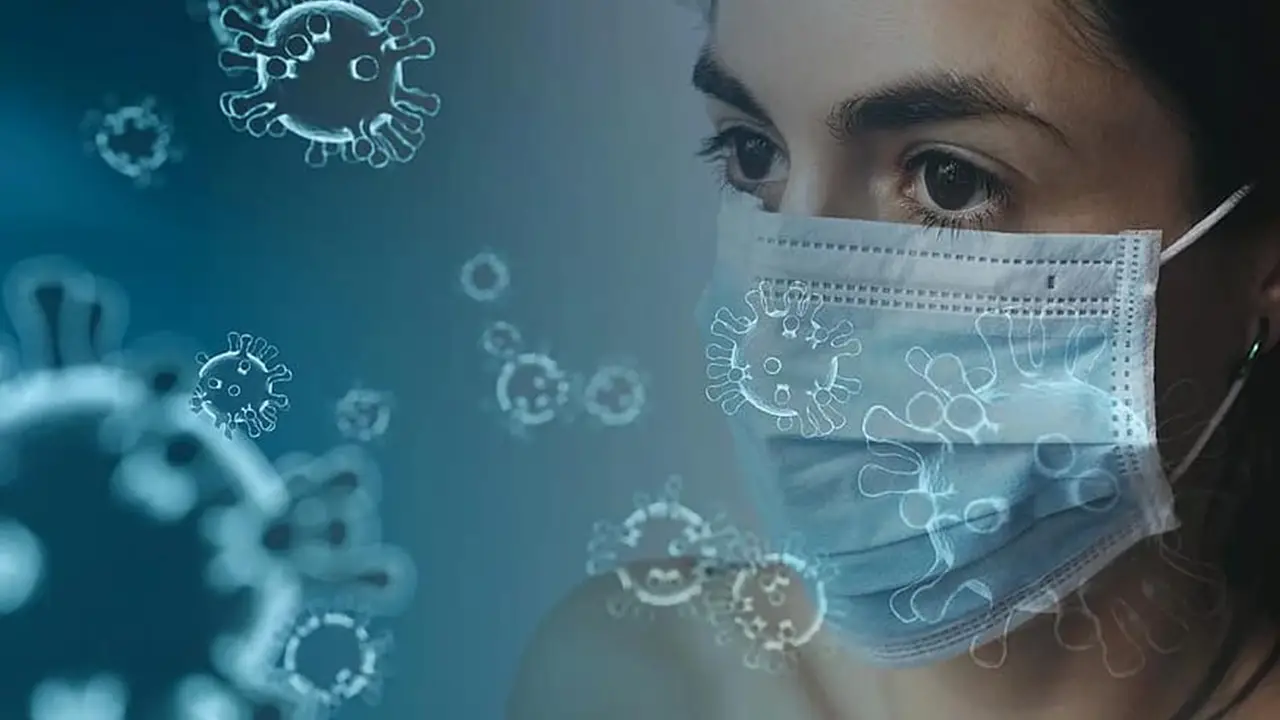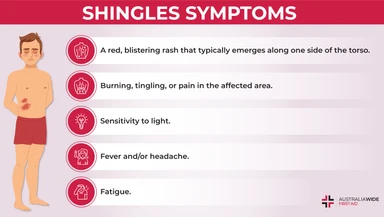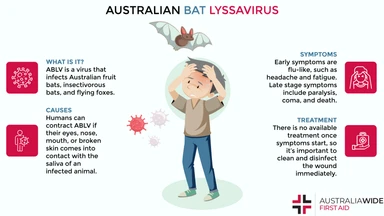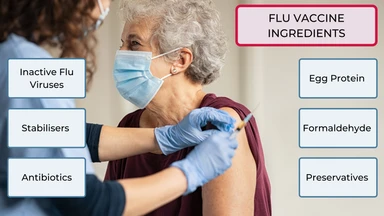COVID-19 UPDATE


Our First Aid courses are necessary education, as they are a requirement for people employed in these frontline industries:
During this COVID-19 pandemic, it's vital our students have clarity regarding our First Aid Training Courses. We continue to operate in line with government guidelines. Read the guidelines set down by our regulator regarding face-to-face training. We continue to make every attempt to safeguard the health and safety of our staff and students, since Monday 16 March 2020, implementing the following hygiene measures:
We have always set the benchmark in practising industry-leading hygiene measures. At this time, we do so with added vigilance.

October 28, 2022
Shingles is a viral infection that can occur in anyone who has had chickenpox. It's most distinct symptom is a painful, blistering rash that occurs on one side of the body. Without prompt treatment, shingles can have life-threatening complications.

August 4, 2022
The Australian Bat Lyssavirus (ABLV) forms part of the same family as the rabies virus. ABLV infects all four species of fruit bats and flying foxes in Australia. In humans, ABLV can cause respiratory difficulties, coma and, in most cases, death.

June 10, 2022
Flu viruses can change their surface structure from one year to the next. As such, new flu vaccines are developed each year. Flu vaccines comprise numerous ingredients that aid their development, purity, and efficacy.